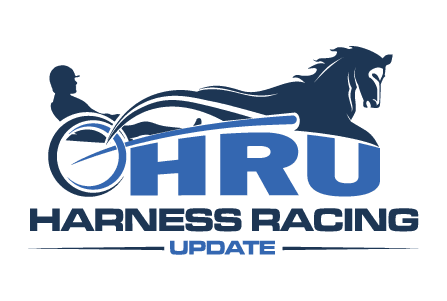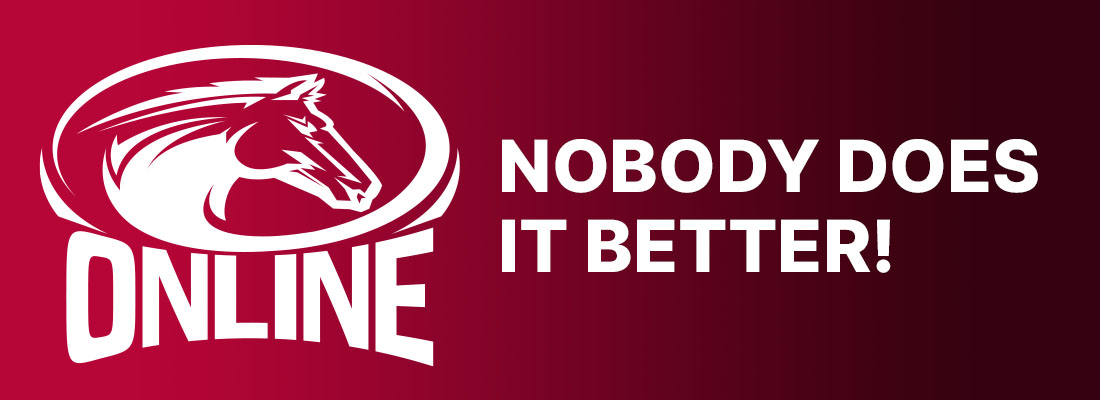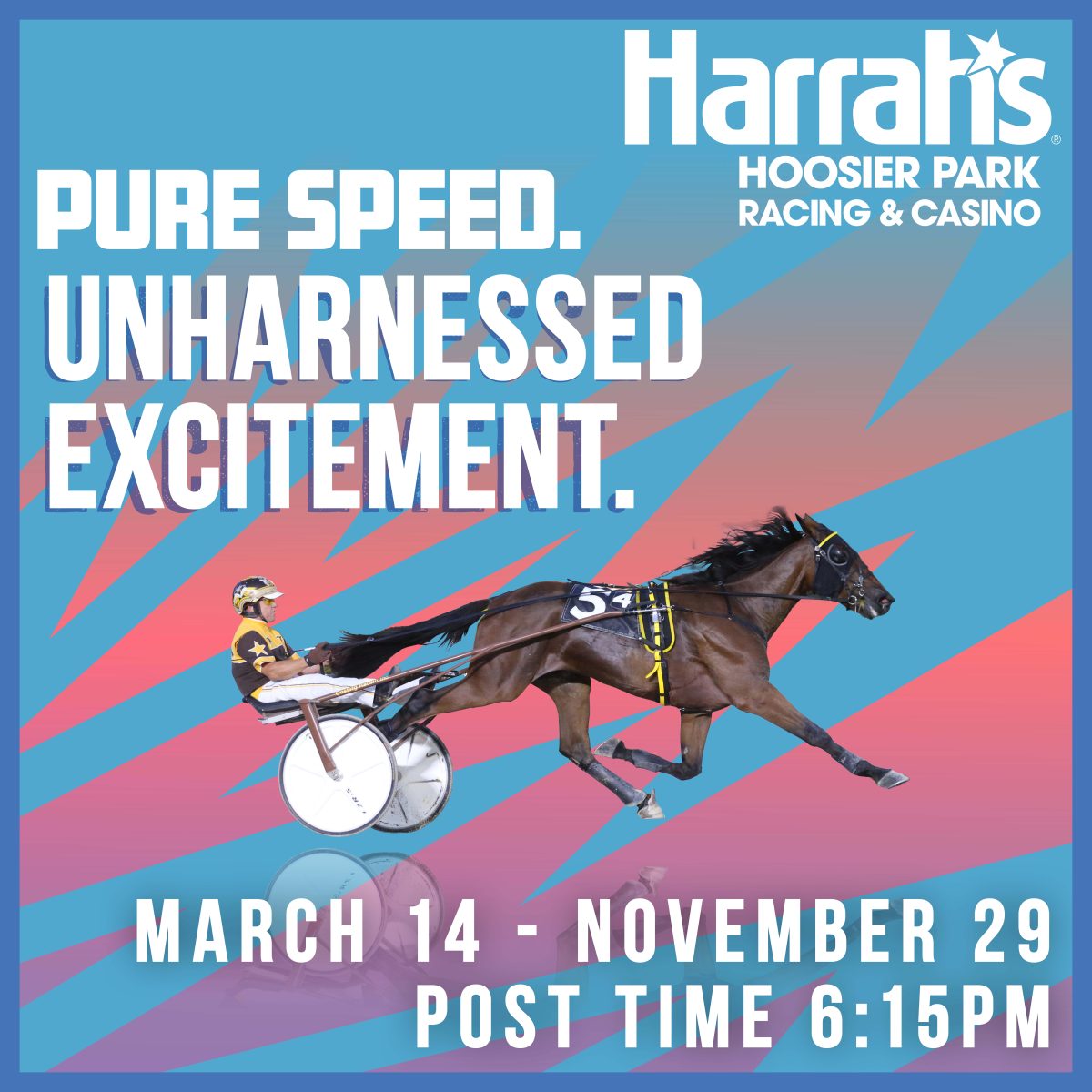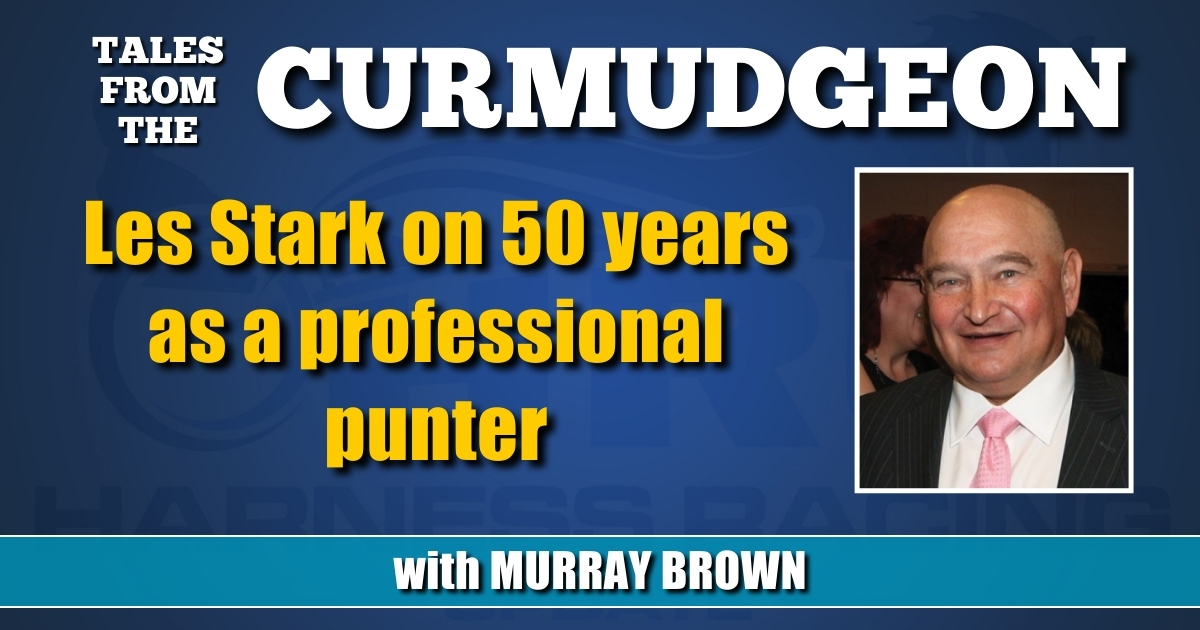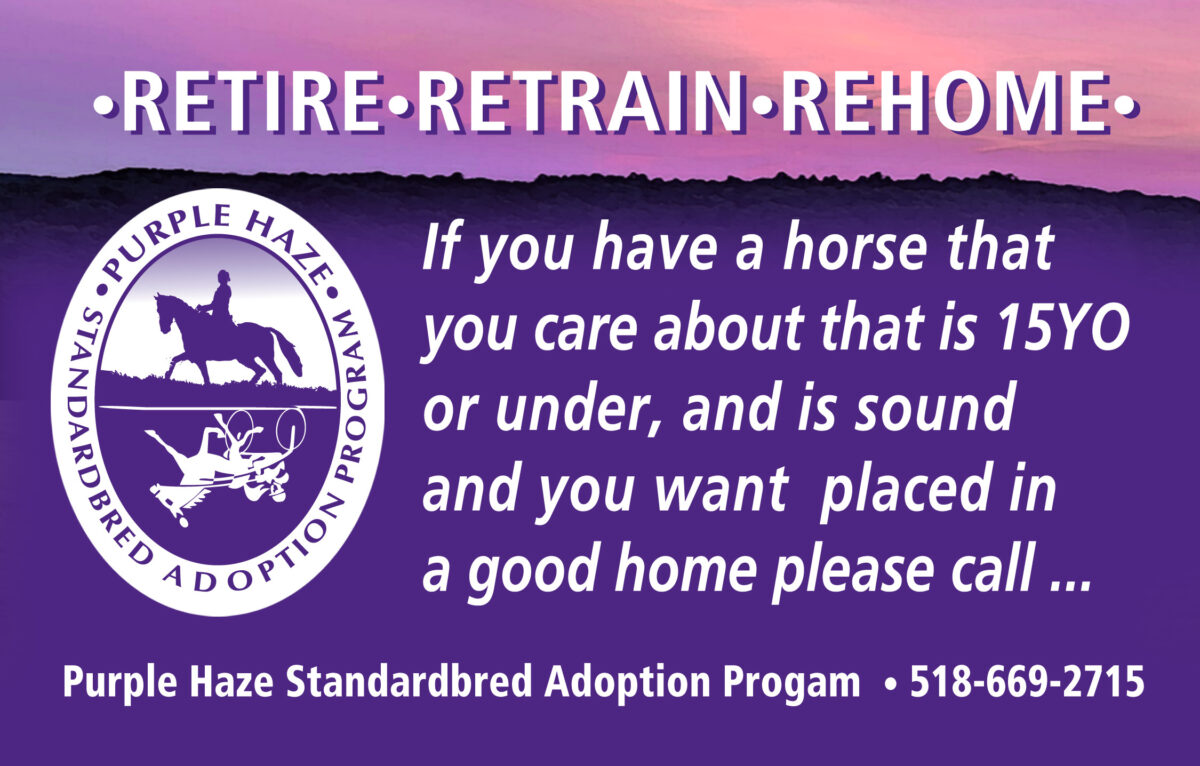Les Stark on 50 years as a professional punter
The veteran bettor is one of the few full-timers left in harness racing.
by Murray Brown
In the roughly two years that I’ve been writing this column, I’ve tried to cover most areas of people involved in the sport. I’ve done drivers, trainers, breeders and slight segments of management. I have not, as yet, done three of the most important segments of the industry: the guys that make the wheel go around, the gamblers; those that are most responsible for the daily welfare of the horses, the caretakers and lastly, those responsible for seeing that everyone involved is doing their job insuring a good product, upper management.
In the next three weeks I will try to address all three of those segments.
Les Stark has been gambling on harness horses for part of his youth and all his adult life.
When he wasn’t gambling on them, he groomed horses, trained a few and even drove in a few races.
His life as a professional gambler began in the early ‘70s when he was hired to drive a car from Ithaca, NY to South Florida.
His first stop, after getting the car where it belonged, was at Pompano Park where he got a job as a groom. Grooming was okay and he learned a lot about horses doing it. However, it was the chance to wager on the horses on an almost nightly basis that interested him most. He lived in a tack room for the rest of that winter.
He went to all the qualifiers. He was at the races on a nightly basis, never missing a card.
As opposed to many newcomers to gambling, he was very careful with his betting and the amounts he wagered. Early on, there were nights when he might just bet on one or two races a card. As he grew more confident and his bankroll increased, so did his wagering — both the amounts and the frequency of his bets.
Though there was the odd losing season, the good years made up for them. There were seasons where he worked with the horses and gambled and seasons where all he did was gamble.
After Pompano’s meet was over, he would go to the northern tracks that were in play. There were summers spent at Scioto, Greenwood, Mohawk, Vernon Downs and Brandywine as well as his home tracks of Yonkers and Roosevelt.
The turning point in his career was when he began to play the Meadowlands in the winter of 1987. From that point forward, the vast majority of his action was restricted to wagering in New Jersey.
Les, you’ve been at this for a very long time. How have you managed to stay whole this entire time? Even some of the most noted gamblers ever were flushed down the drain. Here we are over half a century of doing this and you are still making a living at it.
“Early on I was a lot more conservative with my betting. I was very aware of how much money I had at my disposal and wagered accordingly. Every gambler, regardless of how good he is, is going to have bad streaks. Money management is very important, as is the willingness to change your methods when they’re not working. Despite extended bad runs, I’ve been able to turn things around, eventually.”
You’ve mentioned getting kicked out of Scioto Downs. What led to that?
“Bob Steele, the general manager at Scioto Downs, didn’t care for gamblers. In the summer of 1980, my good friend Toby Callet and myself went to Scioto to try our luck. We had some success and got on Steele’s radar. He called us in and basically threw us out on a technicality. Why a racetrack wouldn’t want good customers is a difficult question to answer, but that was the case at Scioto.”
How were your experiences at Brandywine, the Ontario Jockey Club tracks, Vernon Downs and the Roosevelt-Yonkers circuit?
“They were all great, especially Brandywine. I became friendly with PJ Bobby Clark through playing racquetball. I really enjoyed the two summers I spent in Toronto, where I met people I’m in touch with to this day.”
Were you ever motivated to become a full-time trainer?
“As a groom I found a niche for myself, where what was needed was dedication and perspiration. My ability as a trainer/driver was, let’s say, modest. Clearly, my talents lied in betting the harness races and I eventually realized that and pursued it.”
What is the biggest score you’ve ever made at the track?
“Probably not in the area where you might think. I’m guessing somewhere around $30,000.”
What is the biggest loss you’ve ever sustained?
“Again, probably not as much you might think. Likely in the eight to ten thousand range. I’m thick headed enough to think my opinion is still good despite getting pummeled, which probably led to those big losing nights.”
Compare the difference in handicapping today’s racing compared to that of decades ago?
“It was much easier back then. We had more qualifiers and baby races and, if you had a good eye, there were nightly opportunities to make money. Speed wasn’t as prevalent, and horses could win from anywhere. There was ‘public money,’ which had much more of an effect on the pools than it does today. Now you have to beat a very sophisticated public, and it’s more difficult.”
Have you ever relied on backstretch “information” in your wagering?
“I suppose maybe to a limited degree. What I find valuable is knowing that a horse trained well when maybe he hadn’t done much between races in previous weeks. Other horsemen’s opinions tend to confuse me and I find it more prudent in general to win or lose on my own.”
Times are different now. Your action is pretty much restricted to The Meadowlands and you only race two nights a week. How does that affect you?
“I wish I could bet more elsewhere, but the small pools at most tracks prohibit my doing so. I’ll still bet a given horse that I like for whatever reason, but for the most part, it’s all The Big M.”
Les, the only time I’ve ever seen you angry is when a driver, at least in your perception, did not pull the right line in an early race in its career when it was clearly the best.
“I understand and can relate to the philosophy of teaching and protecting young horses with a great deal of promise early in their racing careers. However, in this particular case, it wouldn’t have taken anything out of the horse by pulling in the final turn, rather than wrestling with her for half a mile then fly for 2nd. I’ll say this: the two best friends gamblers have had in this regard are John Campbell and Yannick Gingras. While they respect the trainers wishes, they will always win if they could with talented first-time starters.”
Are there other things you do that might be classified as “work” other than wager on the horses?
“Not really. Other than manage the investments I’ve made due to betting on the horses, that’s about it.”
On a typical Meadowlands card how many of the races would you wager on?
“I would say somewhere between six and eight. Usually somewhere around half the card.”
How much would you bet on a given race?
“Anywhere between $800 and $1,500. I might be tempted to bet more if the payouts wouldn’t be adversely affected by the pool size. Takeouts and pool size are of vast importance when betting on horses.”
Are there many others who have managed to survive year after year essentially making a living betting on harness horses?
“Not too many. Off the top of my head, Glenn Goller, Chappy, Andy Berg, Andy Herzog and Neil Goldman come to mind. Then there are others like Seth Rosenfeld and Ernie Dahlman who defected to the runners. They found that the small pools in harness racing became just too unappealing. I’ve tried dipping my toe into the runners a couple of times, but I didn’t know how to deal with workouts that weren’t seen, as well as the many other variables that we don’t have in harness racing.”
Do you own any horses yourself today?
“No. I haven’t owned any for quite some time. The last horse I owned was with our good friend David Scharf. He is a terrific guy who loved the business. The business really misses him.”
Let’s talk about drivers. Who are the best you’ve seen?
“There are many great ones. For my taste if I had to pick just one, it would be Brian Sears. His style suits my eye. John Campbell, Ron Pierce, Cat Manzi, Mike Lachance and Yannick have all done extraordinary things driving horses. And, of course, others too many to mention.”
How about trainers?
“The three best I have knowledge of are Brett Pelling, Jimmy Takter and Chuck Sylvester. All you have to do is look at their records. Of course, in a different time and a different place I’d certainly have to include Billy Haughton and Stanley Dancer.”
You have been known as being an above average racquetball player and close to a scratch golfer.
“When I began to work out regularly at a gym I became introduced to racquetball. Like most things I enjoy, I overdid it. I got to play and had a ball doing so with Fred Grant, Archie McNeil and the late Sandy Levy. When I became unable to play due to injuries, I took up golf and love it. Through Charlie Keller and Yankeeland, I met and play with Jeff Gregory, Mark Harder, Brett and Dan Bittle, Tyler Buter, John Campbell, George Brennan, Joe Holloway and George Dennis among others. Our trip to Florida is one I look forward to all year.”
What advice would you give to other horseplayers?
“I would tell them to develop an opinion of each horse as an individual. Know their strengths and weaknesses. Pay close attention to how a horse handles the last eighth to the wire. A great example of this is Ana Afleet. While racing in lower classes, he showed great heart late in the mile. When he got sharp, he turned into an open pacer. Also, try to look beyond the obvious. Class and post relief are not going to find you many good-priced winners. Look at current form more than back class. Finally, be opinionated. It’s your money, follow your opinion and instincts.”
Have a question or comment for The Curmudgeon?
Reach him by email at: hofmurray@aol.com.
